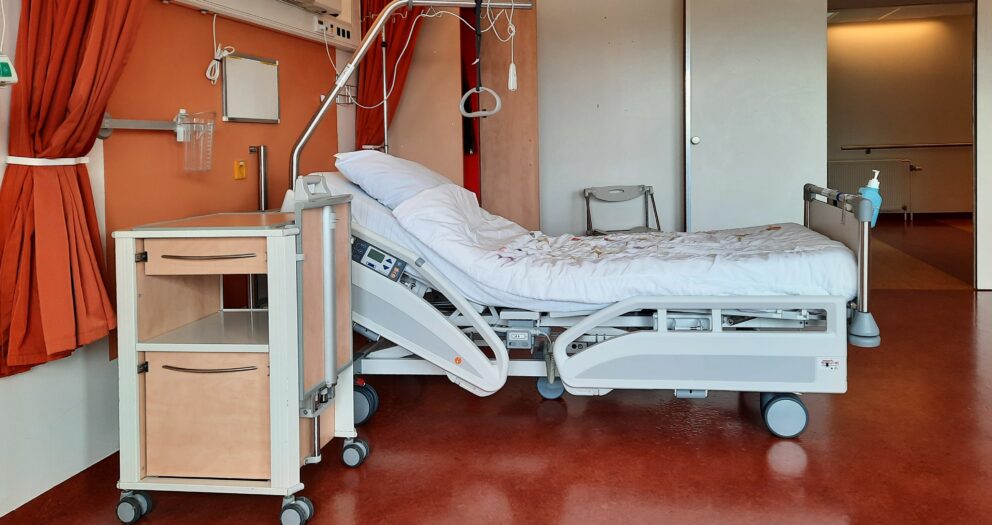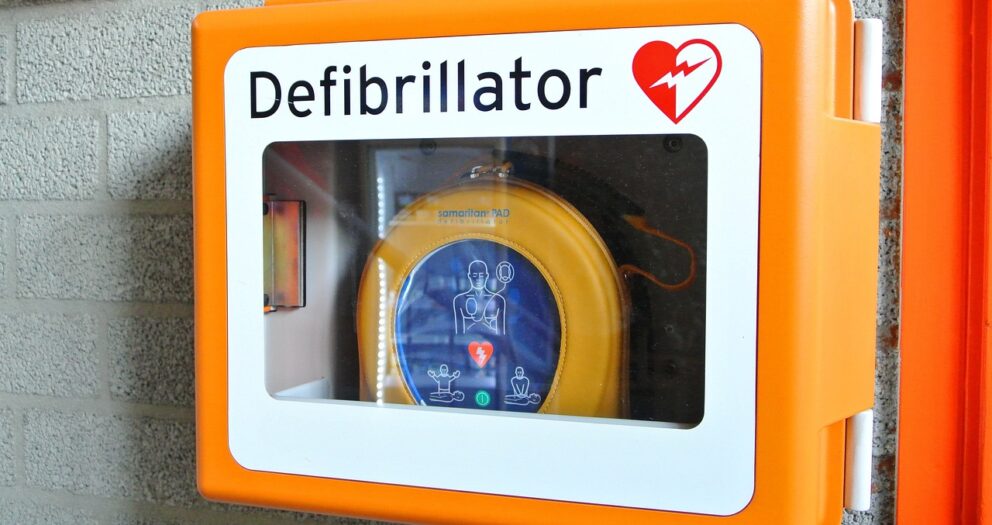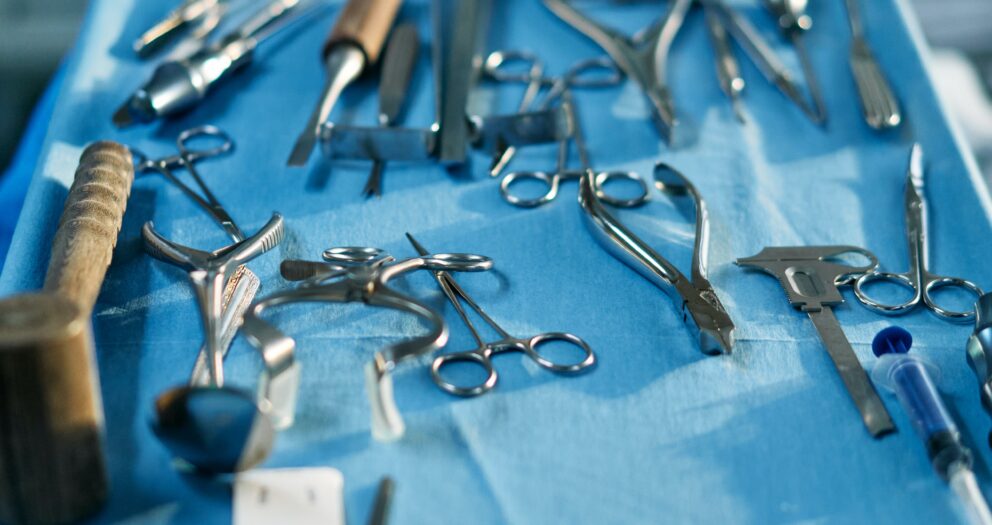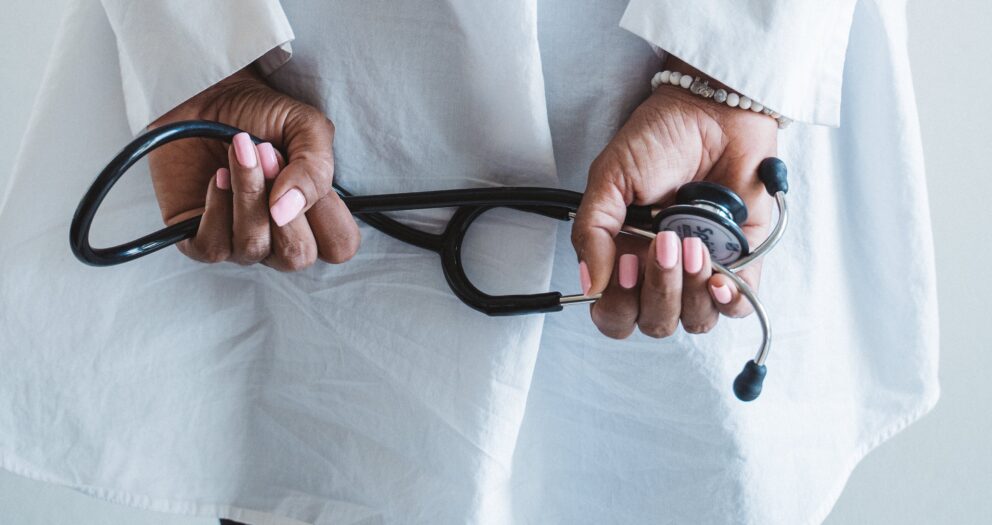Ever tried navigating the murky health care demands as a hospital without the required emergency medical equipment? If you have, you can attest it’s a bad experience. No health facility should lack the required medical equipment in its inventory. Hospitals must be well-equipped with a range of tools to address patient mobility, monitoring and diagnostics, infection prevention, and injection needs. In this post, we will explore essential emergency medical equipment that every hospital should have to ensure a prompt and efficient response in emergencies.
1. Patient Mobility Equipment
Mobility equipment is essential for patients who have age-related mobility problems, are recuperating from injuries, or are disabled. These basic tools include:
- Stretchers: Facilitate the safe and efficient transfer of patients, especially those requiring immediate medical attention or transportation within the hospital.
- Commode chairs: Assist patients with limited mobility in maintaining hygiene by providing a portable and accessible toilet.
- Wheelchairs: Enable the mobility of patients who are unable to walk independently, allowing for transportation within the hospital or to other healthcare facilities.
- Hospital beds: Provide a comfortable and adjustable resting place for patients, particularly those in critical condition or requiring extended periods of care.
- Walkers: Aid patients in maintaining balance and stability while walking, supporting those with mobility issues or recovering from surgery.
- Crutches: Assist patients in walking and weight-bearing, especially those with lower limb injuries or after orthopedic procedures.
2. Patient Monitoring and Diagnostic Equipment
Constant monitoring and diagnosis help to inform medical decisions. Patient monitoring equipment is, therefore, indispensable for any health facility. They include:
- Thermometers: Measure body temperature, a vital parameter for diagnosing and monitoring various medical conditions.
- Vital sign monitors: Continuously track essential parameters such as heart rate, blood pressure, respiratory rate, and oxygen saturation.
- Electrocardiogram (ECG) Machines: Record the electrical activity of the heart, aiding in the diagnosis and monitoring of cardiac conditions.
- Automated External Defibrillators (AEDs): Deliver electric shocks to the heart in cases of sudden cardiac arrest, potentially restoring normal heart rhythm.
- Defibrillators: Provide electric shocks to restore normal heart rhythm in patients experiencing life-threatening arrhythmias.
- Scales: Measure the weight of patients, an essential parameter for medication dosage, nutritional assessment, and overall health monitoring.
- Pulse oximeters: Measure the oxygen saturation levels in the blood, assisting in the assessment of respiratory function.
3. Infection Prevention Equipment
Health workers should ensure they operate in sterile and safe environments. However, safety should start with individuals. The key infection prevention equipment for medical staff includes:
- Personal Protective Equipment (PPEs): They include disinfectants, gloves, surgical gowns, face masks, and sanitizers. Protect healthcare providers and patients from the transmission of infectious agents.
- Chloride wipes: Provide an effective means of surface disinfection, reducing the risk of infection transmission within the healthcare environment.
- UVC Disinfection: Utilize ultraviolet light to disinfect surfaces, air, and water, complementing standard cleaning procedures.
- Isolation Carts: Facilitate the safe storage and transport of infection control supplies, ensuring quick access during emergencies.
4. Injection Equipment
Injection is crucial when administering medication. Therefore, a hospital should be fully equipped with the right injection tools. They include:
- Alcohol Pads: Sterilize the injection site, reducing the risk of infection during the administration of injections.
- IV Bags: Deliver fluids, medications, or nutrients directly into the bloodstream, supporting patients who cannot take oral medications.
- IV Tubing: Facilitate the administration of intravenous fluids and medications with a sterile and controlled delivery system.
- Syringes and Needles: Provide a means for precise medication administration, blood collection, and various medical procedures.
Conclusion
Equipping a hospital with essential emergency medical equipment is fundamental to providing quality patient care in urgent situations. From addressing patient mobility needs to ensuring accurate monitoring and diagnostics, infection prevention, and injection administration, a well-prepared hospital is better positioned to handle emergencies and save lives.
Healthcare facilities must prioritize regular maintenance, training for staff, and adherence to infection control protocols to maximize the effectiveness of emergency equipment. As a health facility, assess and update your equipment inventories so that you can remain resilient in medical crises and also foster a safe and responsive environment.







Write a comment
Your email address will not be published. All fields are required